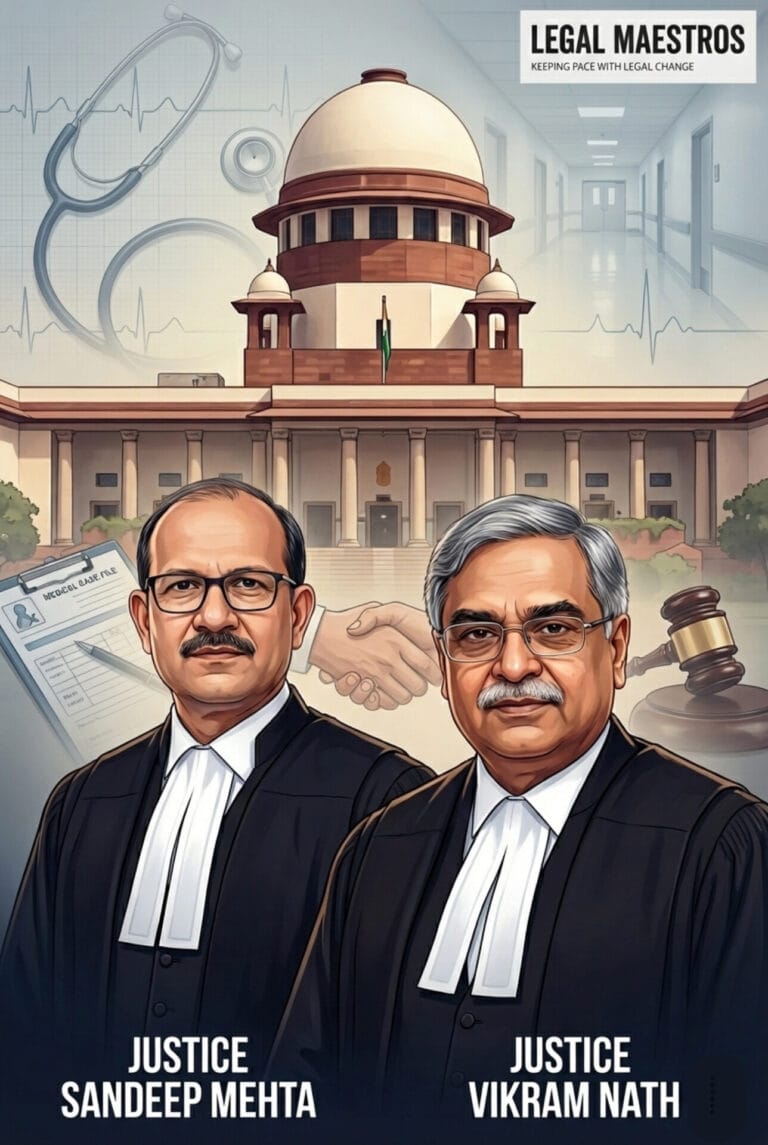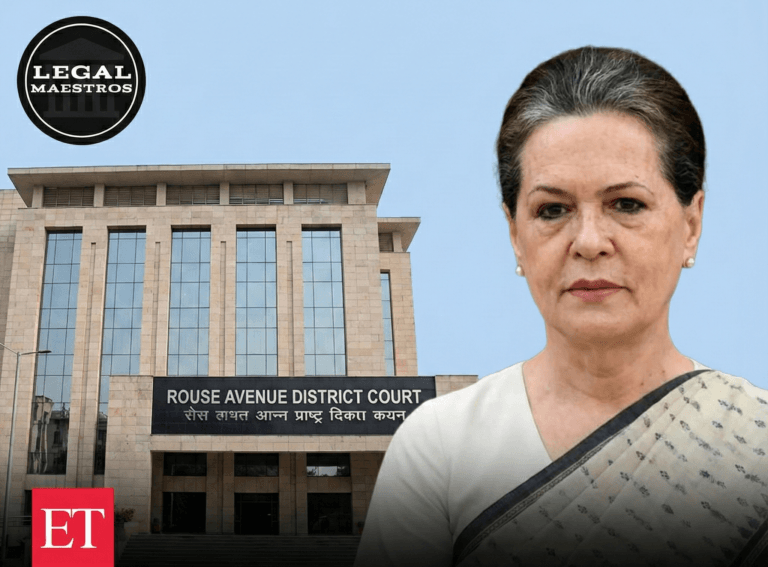
Legal and Political Challenges to Women's Reservation in India
For Indian politics, women’s representation into politics has a complex journey because it has not only been burdened with political but also juridical pressures. The long pending Women’s Reservation Bill reserving 33% of seats in the Lok Sabha and various state legislative houses for women became one of them. Despite a laudable objective, a myriad of troubles that have deterred its formation and implementation made the bill appear unattainable.
**Historical Background**
The Bill for Women Reservation was first placed in 1996 as an 81st Constitutional Amendment. The main issue was to uplift the participation percentage of women into the legislative councils by reserving one-third positions for them, but the draft faced opposition directly. Some male MPs raised concerns over the number of capable women available to fill the reserved seats. Others argued that the bill failed to include sub-reservations for women from backward caste communities. A Joint Committee suggested that it be implemented immediately for 15 years, but the bill lapsed due to a lack of consensus. ([scobserver.in](https://www.scobserver.in/journal/the-womens-reservation-bill-has-a-long-history-of-arguments-and-stakes/?utm_source=chatgpt.com))
For any queries or to publish an article or post or advertisement on our platform, do call at +91 6377460764 or email us at contact@legalmaestros.com.
**Legal Challenges**
One of the primary legal challenges to the Women’s Reservation Bill has been the debate over sub-reservations for Other Backward Classes (OBC) and Scheduled Castes/Scheduled Tribes (SC/ST) women. Critics argue that without explicit provisions for these groups, the bill may inadvertently favor women from more privileged backgrounds, thereby perpetuating existing inequalities. This contention led to the bill’s lapse in 2014, as the issue of sub-reservations remained unresolved. ([epw.in](https://www.epw.in/engage/article/womens-reservation-act-2023-symbolic-gesture-or-0?utm_source=chatgpt.com))
Furthermore, its link to the process of delimitation has posed further legal challenges. Delimitation involves the redrawing of electoral constituencies’ boundaries, and the process is hard and time-consuming. Since the Women’s Reservation Bill is linked with this very process, this means that its implementation cannot take place before the completion of delimitation exercises. A link with delimitation exercises has led to further delays, and the projections show that the bill will not be implemented before general elections held in 2024. ([asiapacific.ca](https://www.asiapacific.ca/sites/default/files/publication-pdf/Insight_SA_Oct18_V2.pdf?utm_source=chatgpt.com))
**Political Opposition**
Politically, the bill is opposed from almost all sections of society. Male politicians believe that the introduction of women reservation might disturb the political power system as well as lower the prestige and influence of their male political contemporaries. Other apprehensions expressed are about inadequate representation for marginalized women sections from OBC, SC, or ST groups. To counter this, the requirement is that the bill be passed with some stricter provisions that would mandatorily include consultations with the OBC communities for their specific needs and challenges to be incorporated. ([blogs.lse.ac.uk](https://blogs.lse.ac.uk/humanrights/2024/02/26/addressing-obc-exclusion-in-indias-women-reservation-bill/?utm_source=chatgpt.com))
The patriarchal mindset within Indian society also stands out as a huge political challenge. Even if reservation policies are in place, community attitudes would limit women’s participation. For example, even in local governance, male relatives operate while the women are elected, popularly called “proxy leadership.” ([thelawadvice.com](https://www.thelawadvice.com/articles/woman-reservation-in-india-an-overview?utm_source=chatgpt.com))
**Implementation and Bureaucratic Hurdles**
Even after the passage of the Women’s Reservation Bill, bureaucratic hurdles may slow its implementation. To delay implementation of this bill, which denies many women reservations because of being from certain disadvantaged groups, is so stringent that this process also nullifies the purpose. The Indian government needs to sort out these issues and the other economic and social barriers faced by women in India to improve women’s representation in politics. ([asiapacific.ca](https://www.asiapacific.ca/publication/bureaucratic-obstacles-delay-implementation-indias-landmark?utm_source=chatgpt.com))
**Current Status and Future Prospects**
The Women’s Reservation Bill is yet to be passed. Supreme Court declined to accept pleas against the 33% women’s reservation law as the court felt that petitioners must move to high courts. ([hindustantimes.com](https://www.hindustantimes.com/india-news/supreme-court-refuses-to-entertain-pleas-challenging-33-reservation-to-women-101736505576421.html?utm_source=chatgpt.com))
Therefore, although the Women’s Reservation Bill does present an important milestone towards attaining gender parity in Indian political affairs, the challenges ahead in both law and politics are daunting. For the sake of achieving meaningful representation by women in the country’s political scenario, all these obstacles require a holistic response encompassing legal changes, political will, and societal modifications.







